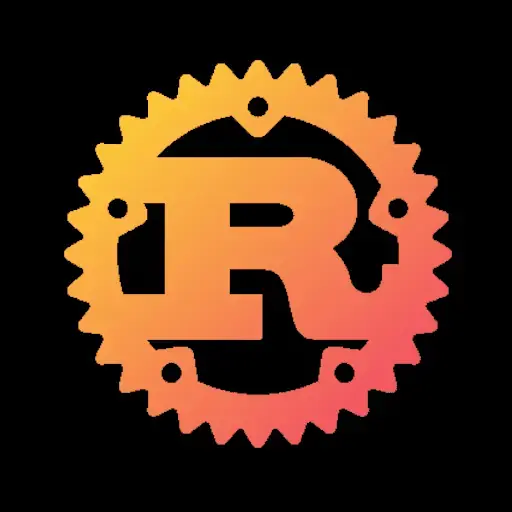- 4 Posts
- 9 Comments

 1·4 days ago
1·4 days ago…Interesting idea. (And also interesting lore implications? Not that the game has any…)
My main thinking right now is: on startup, have the player on an empty field and force them to move (on both inner and outer “axes”) onto a specially marked square (and press spacebar) to enter the main menu. (Controls and what they do will be explained in text.) This gets them accustomed to moving around and pressing the CONFIRM key for menuing.
Then have a special tutorial level to introduce the actual gameplay – similar to the “real” levels, but much slower BPM and attacks are scripted instead of randomly chosen. I don’t want to force anyone to complete the tutorial before entering the actual levels, but it would be the menu item that the player first lands on (aside from maybe the one for changing the controls to something less strange than A/D/J/L).
The tutorial level would require some more code, but at this point that might be worth it. (And also it would add another option for user-made custom levels if somehow people decide to edit those in.)
…Honestly, the one thing I’m most concerned about at the moment is getting players to read text, especially if it’s off to the side to avoid covering the playfield.

 2·4 days ago
2·4 days agoProbably a good idea, but not one that fits my current vision of the game, unfortunately. Especially since my main idea for adding complexity is increasing the number of sides (square->pentagon->hexagon), so each level already has a different-looking playfield.

 3·4 days ago
3·4 days ago…Right, I kind of forgot that the directory structure for my repo doesn’t need to look anything like the directory structure of the releases. Thanks for prompting me to think about that.

 3·4 days ago
3·4 days agoThat was certainly not the first piece of feedback I was expecting to get, but it is one that’s good to take into account! I forgot that what seems obvious to me might not be obvious to people who’ve never seen the game before. I’d like it if players could learn the full game without resorting to textual tutorials, so I’ll have to find ways to teach things more clearly, but for now I’ve updated the README to hopefully make things more clear. Thanks for the feedback!
Interesting way of handling project vs global scope:
Some package managers (e.g.
npm) use per-project scope by default, but also allow you to install packages globally using flags (npm install -g). Others (e.g.brew) use global scope.I like the idea of allowing both project and global scope, but I do not like the flags approach. Why don’t we apply a heuristic:
If there is a
.sqlpkgfolder in the current directory, use project scope. Otherwise, use global scope.This way, if users don’t need separate project environments, they will just run
sqlpkgas is and install packages in their home folder (e.g.~/.sqlpkg). Otherwise, they’ll create a separate.sqlpkgfor each project (we can provide a helperinitcommand for this).Seems rather implicit, though, especially if the command output doesn’t specify which scope a package was installed in. If a user moves to a subdirectory, forgets they are there, and then tries to install a package, the package will unexpectedly install in global scope (though this particular version of the problem can be solved by also looking in parent directories).

 4·7 days ago
4·7 days agoPlayed a few rounds just to get an idea of what the game’s like. Seems interesting. It took a while to actually figure out what controls were available and what the cards might do. Sometimes the stickmen would group up in the left corner and stay there for a good while, and there was seemingly nothing that could be done about it. The mechanism for scrolling felt a bit awkward to me, especially since the screen scrolled by such a large amount per click. Just some general notes about my experience, take them into account in whatever way best suits your game’s vision.

 15·14 days ago
15·14 days agoCan’t resist pointing out how you should actually write the function in a “real” scenario (but still not handling errors properly), in case anyone wants to know.
If the list is guaranteed to have exactly two elements:
fn is_second_num_positive_exact(input: &str) -> bool { let (_, n) = input.split_once(',').unwrap(); n.parse::<i32>().unwrap() > 0 }If you want to test the last element:
fn is_last_num_positive(input: &str) -> bool { let n = input.split(',').next_back().unwrap(); n.parse::<i32>().unwrap() > 0 }If you want to test the 2nd (1-indexed) element:
fn is_second_num_positive(input: &str) -> bool { let n = input.split(',').nth(1).unwrap(); n.parse::<i32>().unwrap() > 0 }

 2·16 days ago
2·16 days agoI can imagine Berdly Deltarune trying to explain this to Kris and Noelle in roughly this tone of voice.


You can get the exclusive behaviour with
random.randrange. (Relevant Stack Overflow question with a somewhat interesting answer)